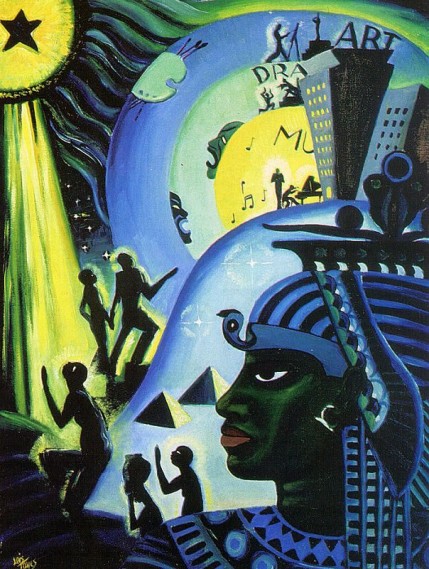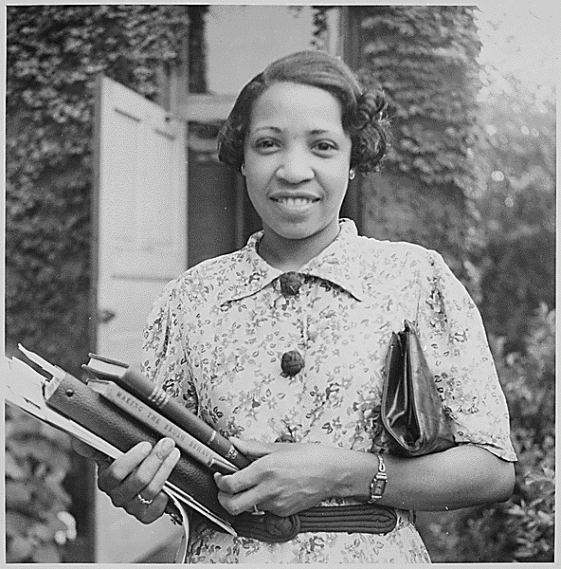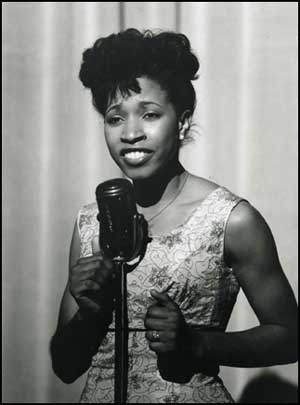The movie “Brother to Brother” is about a young gay black artist, in the present day, who meets a man named Bruce Nugent, a prominent gay poet of the Harlem Renaissance. As Perry (the protagonist) explores his sexuality and struggle with becoming a serious African American painter, he learns about Nugent’s own struggles with being a black, gay poet in the 1920’s. Many of Nugent’s friends were black authors and poets and they struggled to get their work published, they had to choose between staying true to their art or, selling out to get paid.
In one scene of the movie Wallace Thurman and Zora Neale Hurston (both of which are authors of the 1920’s) are talking to a white publisher about what they need to do to get their books published. The publisher starts out by telling them that the publishing company wants to publish more talented black writers (like them), but in order to do that they must first make some changes to their writing. The publisher tells Thurman that he needs to play up the dangerous, dark, nightclub feel of his novel. He tells Thurman that the public wants the excitement and drugs to show the public what the nightclubs in Harlem are like. Thurman is shocked and tells the publisher that the main character in the book starts the nightclub in order to turn his life around and get away from the danger, playing up the “nightclub” feeling would be untrue to the overall tone of the book. Thurman refuses to change his writing because it will turn his novel in to a stereotype a black person’s life.
In the second part of the scene the publisher wants Zora Neale Hurston to change the dialect in her novel from “black english” (or vernacular) to a more common standard “white english”. He uses the “most popular book of the last month” Nigger Heaven (written by a white author) as an example of why she should change her writing. The publisher tells her that the public wants “an authentic voice” and will find it hard to understand. Hurston refuses to change the speech and tells the publisher that her book was “written for her people, in a dialect they will understand and connect with”.
I think that the publisher in this movie was extremely racist. He didn’t want Thurman or Hurston’s novels, he wanted a book in which he could caricaturize the African American people for the amusement of the white audience. If Thurman had changed his novel to give it more drama and drugs, it would have been a misrepresentation of the struggle of the African American people in his book. He was trying to convey a message, about his view of the African American’s who worked hard to change their lives. At the same time, if Hurston had agreed to change her vernacular language to “white english” it would have completely destroyed the tone of the book. Her story was written to her people, in their language, “making it more relatable” would eliminate the real feeling from her novel. Both authors wanted their works published because they believed it would be an accurate representation of their community and people. They wanted to write about things significant to them and if they had been forced to change their books, their message would have been lost.
I believe that these authors did the right thing is refusing to change their work. It seems utterly ridiculous to tell an artist that they need to change their work, especially when it involves gross stereotypes. The reason an author writes or painter paint’s is because they have a message that they want to share, whether it’s an idea, or opinion. It is something important and relevant to their life. They have a specific idea of how they want to convey this message, and if they diverge or are forced to change, it dilutes the true meaning of the work. It is unfair to ask an artist to change their work because it is a representation of themselves.






